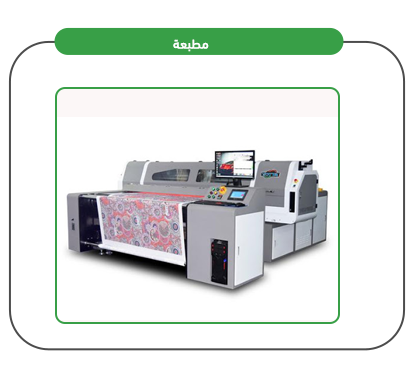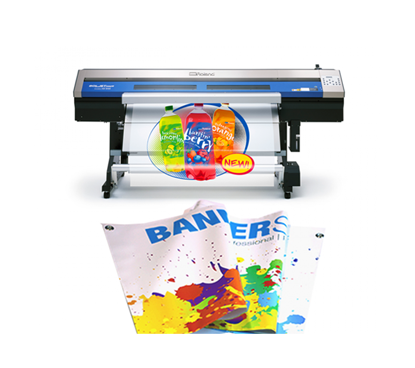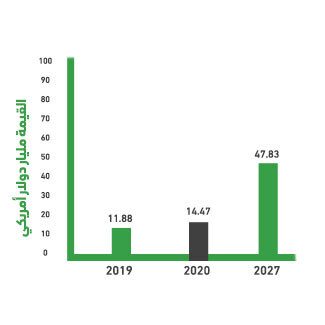Preparing a feasibility study for a printing press project is an essential step to ensuring the project’s success and achieving its business objectives. The study aims to analyze various aspects of the project, starting with identifying target groups, such as individuals, companies, and small and medium-sized enterprises (SMEs), and evaluating the demand for various printing services, analyzing competitors, and identifying the market gap and the project’s share thereof. The printing press project offers advanced services covering texts and images on various materials, such as paper, fabric, plastic, and cardboard, using various technologies, such as offset, flexo, and litho. The study highlights the importance of expanding the customer base and increasing growth opportunities, such as offering printing services on metals, wood, and non-traditional materials. The feasibility study also helps determine the operating costs and resources required to ensure the provision of high-quality services at competitive prices. Thanks to its reliance on modern technologies and the growing demand for printing services, the study indicates that the project represents a promising investment opportunity, capable of generating good financial returns and long-term sustainability.

The printing press project offers advanced and flexible printing solutions that meet the needs of various sectors, from startups and educational institutions to individuals and major brands. The project offers a wide range of printing services on various materials, giving it a strong competitive advantage. It’s worth noting that the project adopts environmentally friendly printing options and provides professional graphic design services, as well as intaglio and embossed engravings, adding a luxurious touch to products. In addition to the aforementioned advantages, the project allows its customers to order services online with delivery, as well as on-demand printing and monthly packages for institutions and companies that require recurring printing. If the project owners wish to expand and open a new market, they can offer 3D printing services to create models, thus giving the project an additional advantage, enabling it to meet the growing market demands. It’s crucial that preparing a feasibility study for a printing press project is the only guarantee of the project’s success; so don’t hesitate to request one and start your journey to success with us.



Diverse printing services offered.
Using advanced design and printing technology.
Using high-quality materials.
Competitive prices.
Commitment to delivery dates.
Monthly packages at discounted prices for institutions and companies.
Executive summary
Study project services/products
Market Size Analysis
Risk Assessment
Technical study
Financial study
Organizational and administrative study


The number of internet users in the Kingdom increased from 19.6 million to 24 million between 2014 and 2016, according to a 2016 report by the Communications and Information Technology Commission. E-commerce is experiencing significant growth due to the availability of convenient payment methods, improved shipping methods, and changes in societal culture in recent years, driven by the availability of social media and the proliferation of smartphones, which have become an effective channel for completing many purchases. Data from the Saudi Payments Network (SPA) revealed that 2015 saw the recording of more than 1.1 billion financial transactions, with a total value exceeding 626.3 billion riyals, with an average monthly transaction volume exceeding 52 billion riyals. This was done through more than 17,000 ATMs and over 225,000 POS terminals spread across the Kingdom. The data added that last year saw steady growth in the number of POS terminals at payment outlets, increasing by 62% compared to the previous year.
The number of internet users worldwide reached 3.2 billion, with 157 million internet users in the Arab world. There are 11 million Facebook users in Saudi Arabia, including 3.2 million expatriates. There are 9 million Twitter users in Saudi Arabia, and 8.8 million Instagram users. Sixty percent of internet users in Saudi Arabia shop online, and 40% of online purchases are focused on mobile phones and accessories. 71% of shoppers in the Kingdom are young people, and 29% are women.